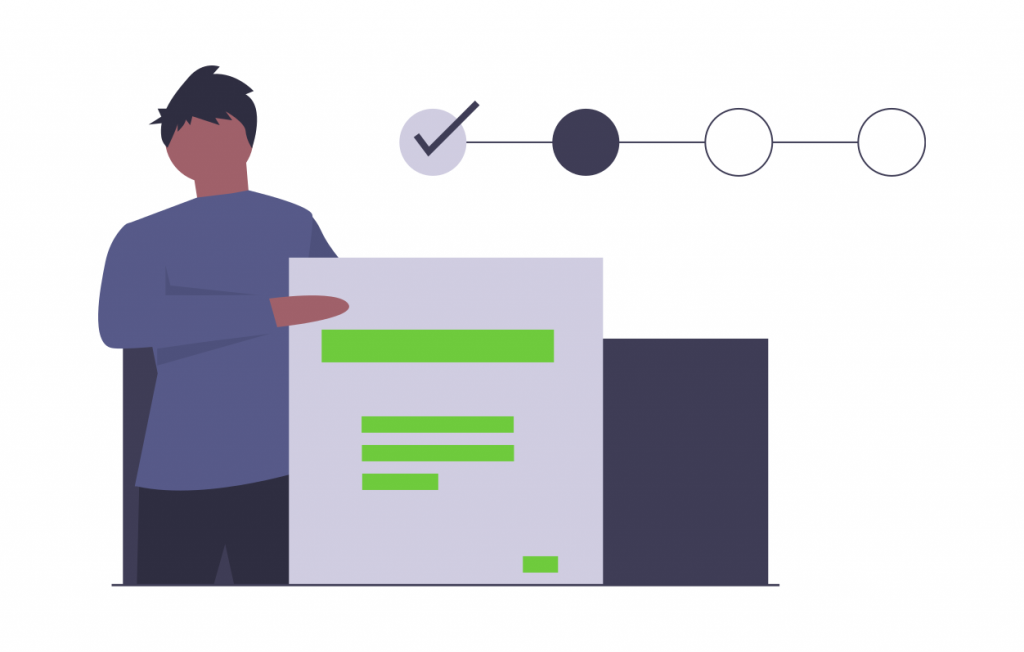Tracking, calculating, and analyzing all the costs associated with your business will help you maintain a healthy profit margin. Doing so is not as easy as listing all your expenses and income and comparing the two, however. Costs must be broken down into categories for you to fully understand where the business is spending the most money and where it can start cutting back, if necessary.
A good first step is breaking down your overhead costs. Important terms to remember when understanding overhead costs are “direct expenses” versus “indirect expenses” and “fixed costs” versus “variable costs.” Overhead expenses are often confused with operating expenses, but these costs have important differences. This guide will walk you through what overhead costs are, how they differ from operating expenses, and how to calculate overhead costs, both as a percentage of sales and in relation to labor costs.

What Are Overhead Costs?
- Rent
- Utilities
- Facility expenses
- Insurance
- General office supplies
- Accounting or legal costs
- Depreciation
- Advertising costs
- Repairs and maintenance
- Taxes
- And others
These are the general, indirect business expenses that keep the lights on and the doors open. They are usually paid in a set recurring frequency, like monthly or annually.
Categories of overhead costs include administrative, transportation, legal, and others, depending on the industry and circumstances. Whatever specific categories you use, they should be unrelated to a direct product of the business.
It is important to keep tabs on overhead costs by tacking and calculating them regularly. They significantly impact your profit margin and overall business performance.
Before we dive into how to calculate overhead, let’s look at how they differ from your business’s operating costs.

How Do Overhead Costs Differ From Operating Costs?
Overhead costs are easily confused with operating costs, and many business owners don’t fully understand the difference. Operating costs result from a business’s normal operations. They are associated with the labor and materials required to create products and deliver services. These expenses are deemed necessary and unavoidable for the business to operate and production to continue.
Here are a few examples of operating costs:
Machinery Used in Production
Materials for Products
Labor Required to Make the Products
One simple way to recognize the differences between overhead and operating costs is to understand that fixed costs are usually overhead and variable costs are usually operating. The costs of creating products may change more frequently based on variables in your production and supply chain.
Some overhead costs also change slightly over time. Rent may increase each year to account for inflation, or legal costs may fluctuate from one year to the next as business needs change. But even these semi-variable costs are still pretty consistent and are thus general overhead expenses.
Now that you understand what overhead costs are, how do you calculate them?

4 Steps for Calculating Your Overhead Costs
1. Categorize Expenses
2. Break Down Costs by Monthly Amounts
3. Calculate Overhead Rate as Percentage of Sales
The raw overhead number doesn’t tell you enough. It is important to compare it to other business numbers. Start with your overhead rate. This tells you how much you’re spending compared to your sales numbers. Divide your total overhead costs per month by your business’s monthly sales, then multiply that number by 100 to generate your overhead rate.
But what does overhead rate tell you, exactly? Say your rate ends up being 30% for a period. This means that you spent 30 cents on overhead costs for each dollar that your business made.
4. Calculate Overhead Rate in Relation to Labor
It also may be helpful for you to understand your overhead costs versus business labor costs. Add up all of your labor costs, including wages, benefits, and payroll. Then divide your monthly overhead by monthly labor costs and multiply by 100.
Remember that the lower the percentage, the better when calculating overhead costs.

Let the Tax Experts Calculate Your Overhead Costs
Overhead and operating costs are both parts of running a business. Understanding the differences will allow you to nail down which expenses are fixed and which are indirectly related to creating your products and delivering your services.
Taxes can be a significant overhead cost for your business. Ensuring you take all the deductions you’re eligible for is crucial in getting an accurate picture of your bottom line. It is always wise to consult with tax experts who can walk you through all tax laws and regulations, which frequently change.
Silver Tax Group is ready to look at your finances and advise you on the right way forward. Whatever tax issue you’re experiencing, or whatever tax question you have, we’re here to help. We help clients with emergency tax services, IRS audit defense, tax fraud investigations, accounting and tax consulting, and much more. Contact Silver Tax Group to speak to a tax expert about business tax questions or tax law.








